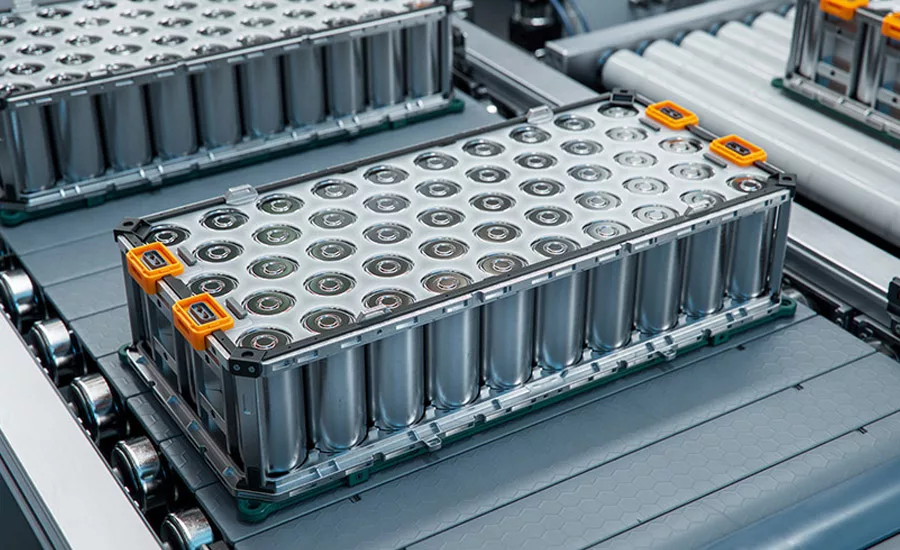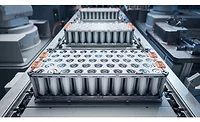Demand Grows for Additives in EV Adhesives and Sealants as Consumers Go Electric
A recent study reports that in 2022, the global additives market for EV adhesives and sealants reached a value of $91.4 million.

SweetBunFactory / iStock / Getty Images Plus via Getty Images
Global demand for electric vehicles (EV) is growing as consumers look to reduce their impact on the environment. With increasing government policies and consumer demand, the need for new and innovative materials used in the production of EVs is also growing.
According to the Global EV Outlook 2023 by the IEA, EV sales exceeded 10 million in 2022, accounting for 14% of total vehicle sales for that year. The outlook predicted 2023 EV sales to reach 14 million. Citing national policies and incentives as drivers of growth, as well as an expected rise in global oil prices, the IEA report predicted EVs could account for as much as 18% of total car sales in 2023. It also predicted that China would account for approximately 60% of global sales of EVs, followed by Europe and the United States. Other factors that account for growth in EV sales include improvements in driving range, a wider variety of models, and higher performance standards.
The widespread adoption of EVs has the potential to significantly reduce carbon dioxide emissions from vehicle usage by 2030, aligning with the net-zero emission (NZE) scenario by 2050. However, challenges in developing and emerging economies, such as higher upfront costs and limited charging infrastructure, still need to be addressed. Nevertheless, manufacturers are focusing on battery thermal management systems to extend the range and performance of EVs.
Adhesives and Sealants in EVs
As the need for EVs increases throughout the world, demand for adhesives and sealants also increases, as they play a crucial role in the production of EVs. One essential element in the production of EV batteries involves safety. Adhesives and sealants create a way to move heat from the cells and modules, cool battery cells and modules, and act as fire suppression. Adhesives and sealants are also used to help join components of EVs and help to shield powertrains from shock and vibration. Additionally, structural adhesives play a key role in bonding and sealing applications for EV batteries. With continued demand for adhesives and sealants used in the production of EVs, there is also growth in the raw materials used to manufacture those adhesives.
A recent study reports that in 2022, the global additives market for EV adhesives and sealants reached a value of $91.4 million, and it is forecasted to grow at a compound annual growth rate (CAGR) of 21.32% to reach $627.6 million by 2032. Additives help adhesive and sealant formulators achieve certain specialized characteristics as they develop new materials for the EV market.
Several factors are driving the growth of the additives market in EV adhesives and sealants. These include the increasing adoption of electric vehicles, the demand for lightweight materials in EV production, a focus on improving safety in EVs, and advances in thermal management and the impact resistance of battery packs. Furthermore, environmental concerns, rising carbon emissions, and the use of non-volatile compounds in the automotive sector are expected to boost the demand for additives in EV adhesives and sealants. However, limitations include volatile raw material prices and environmental and safety challenges in the electric vehicle industry.
Role of Additives
Additives play a pivotal role in enhancing the performance and functionality of adhesives and sealants used in EVs. They improve durability, strength, chemical resistance, heat resistance, and flexibility. Bio-based additives offer a more sustainable alternative to traditional petrochemical-derived additives and are crucial in enhancing vehicle component properties while optimizing processes and reducing costs. Additives also contribute to the development of lightweight adhesive and sealant options, reducing vehicle weight and increasing battery range. Functions offered by additives used to develop adhesives for EVs include dispersants, defoamers, rheology modifiers, surface modifiers, leveling/flow agents, adhesion promoters, and others.
The additives market for EV adhesives and sealants is poised for significant growth, driven by the increasing adoption of electric vehicles and the need for advanced materials to support this growth. Collaboration and innovation will continue to be key drivers in this rapidly evolving market.
Learn more about a recent report offered by ResearchAndMarkets on the market for additives in EV adhesives and sealants here.
Looking for a reprint of this article?
From high-res PDFs to custom plaques, order your copy today!








